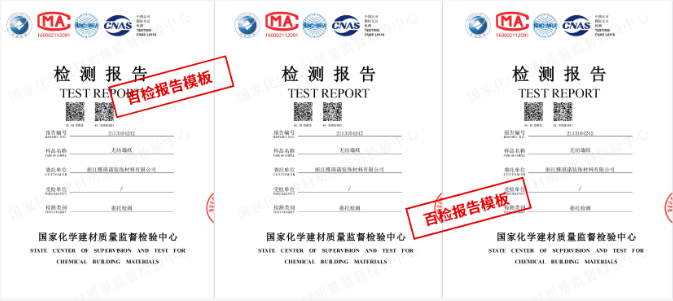
本文主要列举了关于道路车辆部件的相关检测方法,检测方法仅供参考,如果您想针对自己的样品定制试验方案,可以咨询我们。
1.Visual Inspection: This method involves visually inspecting the various components of the vehicle to check for any signs of wear, damage, or malfunction.
2.Diagnostic Scan Tools: Using diagnostic scan tools to connect to the vehicle's onboard computer system to check for error codes and performance issues.
3.Pressure Testing: Testing the pressure levels in various components such as the tires, brakes, and fuel system to ensure they are within the recommended range.
4.Fluid Analysis: Analyzing the levels and quality of fluids such as oil, coolant, and brake fluid to ensure they are at the appropriate levels and free from contamination.
5.Electrical System Testing: Testing the vehicle's electrical system, including the battery, alternator, and wiring, to ensure proper functioning and identify any issues.
6.Wheel Alignment Check: Checking the alignment of the wheels to ensure they are correctly aligned, which can affect the vehicle's handling and tire wear.
7.Brake Performance Test: Testing the performance of the vehicle's brakes to ensure they can effectively stop the vehicle in various conditions.
8.Suspension Inspection: Inspecting the suspension system components for wear, damage, or leaks that may affect the vehicle's stability and handling.
9.Exhaust Emission Testing: Testing the vehicle's exhaust emissions to ensure they meet environmental regulations and do not exceed legal limits.
10.Engine Compression Test: Testing the engine's compression levels to check the health and performance of the engine's internal components.
11.Chassis Dynamometer Testing: Testing the vehicle's performance and emissions on a chassis dynamometer to simulate real-world driving conditions.
12.Fluid Leak Detection: Using various methods such as UV dye or pressure testing to detect leaks in the vehicle's fluid systems.
13.Thermal Imaging: Using thermal imaging cameras to detect overheating components in the vehicle's engine or electrical system.
14.Smoke Testing: Introducing smoke into the vehicle's intake system to check for leaks or blockages in the system.
15.Noise Vibration Harshness (NVH) Testing: Testing for noise, vibration, and harshness levels in the vehicle to identify and diagnose issues with the vehicle's components.
16.Remote Diagnostics: Using telematics technology to remotely diagnose and monitor the vehicle's performance and health.
17.Corrosion Inspection: Inspecting the vehicle for signs of corrosion or rust that could compromise the structural integrity of the vehicle.
18.Ultrasonic Testing: Using ultrasonic waves to inspect the thickness and integrity of the vehicle's body panels and components.
19.Non-Destructive Testing (NDT): Using methods such as X-ray, magnetic particle, or dye penetrant testing to inspect the vehicle's components without causing damage.
20.Weight Distribution Testing: Testing the vehicle's weight distribution to ensure it is evenly distributed for optimal performance and handling.
检测流程步骤

温馨提示:以上内容仅供参考使用,更多检测需求请咨询客服。


